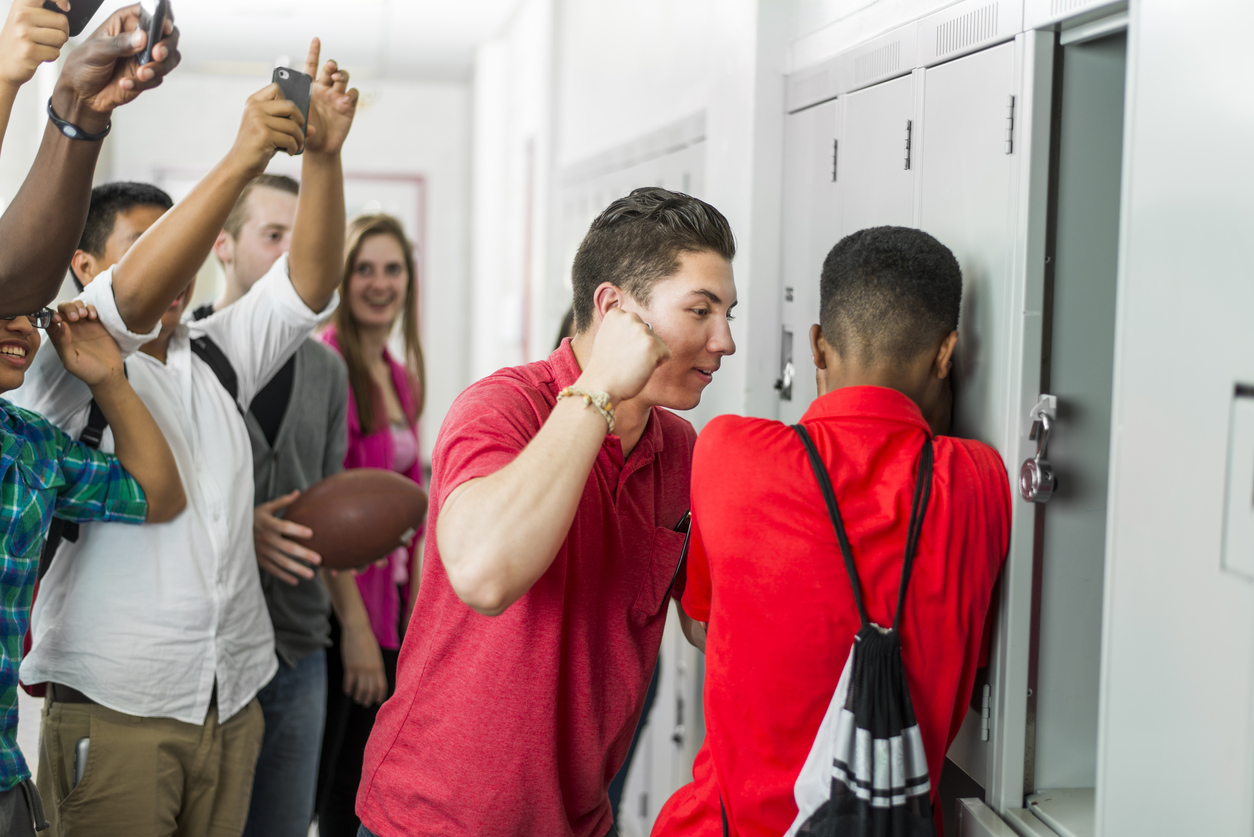Instances of threats and violence are increasing in schools since the Parkland shooting, according to a new report that offered recommendations for school officials.
Amy Klinger, director of programs at the Educator’s School Safety Network and co-author of the report, believes the main reason schools are seeing an increase in violence is due to the lack of preventive action, reports THV 11.
“We’re waiting until things are so bad that we have a perpetrator with a gun before we do something,” Klinger said. “If they (teachers) do have training, it’s in active shooter response. It’s not in violence prevention, threat-assessment or being able to identify and intervene with individuals of concern.”
Report Evaluates Threats and Violence in Schools
In the 2017-2018 school year, more than 3,659* threats and incidents of violence occurred in K-12 schools in America. With 3,380 being threats, the number has increased 62 percent from last school year.
In the report, a threat is described as an expressed intent to do harm. Administrators and law enforcement have been forced to determine the validity of threats with little to no assessment protocols, few established best practices, lack of safety training and outdated procedures, according to the report’s authors.
The most common type of threat in the 2017-2018 school year was shooting threats, followed by unspecific threats and bomb threats.
Social media was reported to be the most common method of delivery, followed by written threats in bathrooms and verbal comments.
As for acts of violence, there were 279 reported violent occurrences this past year compared to the 131 events the previous year – an increase of 113 percent.
The most typical acts of violence this year were guns found on campus, shootings or shots fired and countered attacks.
Parkland’s Impact on Violence in Schools
The report also considered the impact the Parkland shooting has had on schools. Before Parkland, the average number of threats per day was 10.2. After the shooting, the figure jumped to 24.2. Forty-three percent of all threats documented in the 2017-2018 school year occurred merely 30 days after Parkland.
Additionally, 77 guns were found on school campuses this year, a significant increase from the 21 guns discovered the previous year. After the Parkland shooting specifically, there was a 75 percent increase of guns brought on campus compared to before.
Recommendations for Improving School Safety
The report closes with recommendations on how to improve school safety. It begins with the importance of acknowledging the impact violent incidents and threats have on academic achievement and emotional safety. When violence arises, according to the report, learning stops and emotional safety is compromised.
Next, the authors recommend examining the role of law enforcement in schools as officers contribute to both the safety and education of students.
Furthermore, a violent act in a school is different than in a home or public setting and it is critical for law enforcement to acknowledge their unique setting.
Likewise, schools should make sure all staff is trained for crisis situations specific to a school.
For more information and recommendations on improving school safety, check out the full report here.













